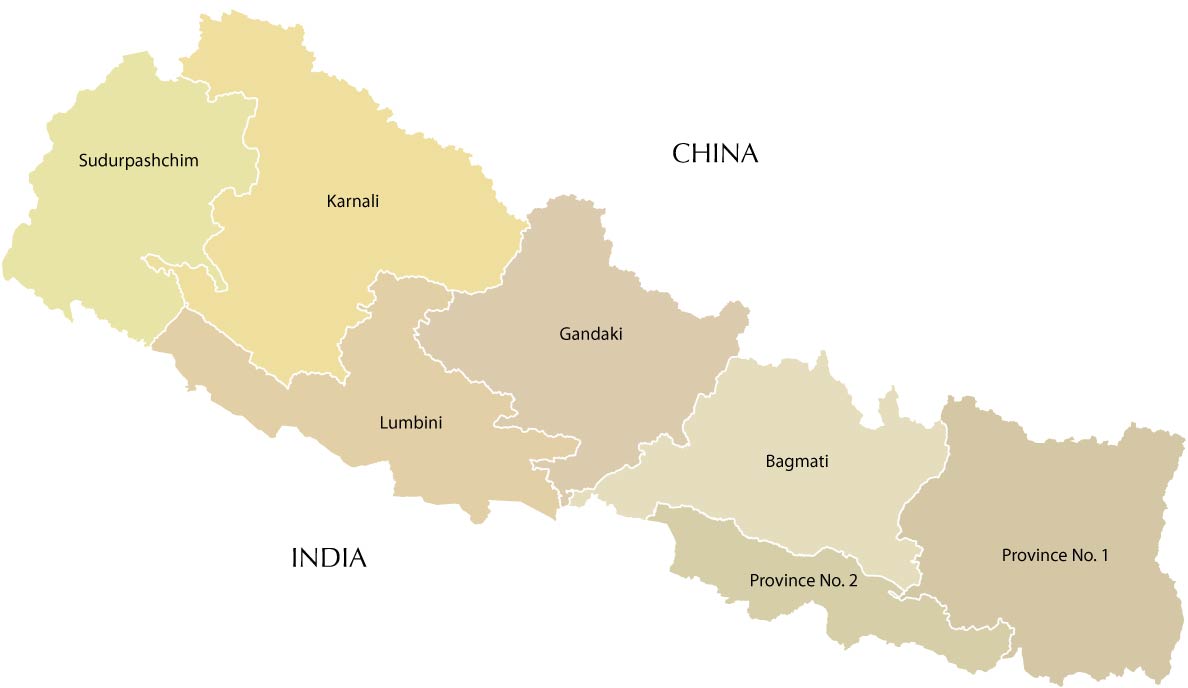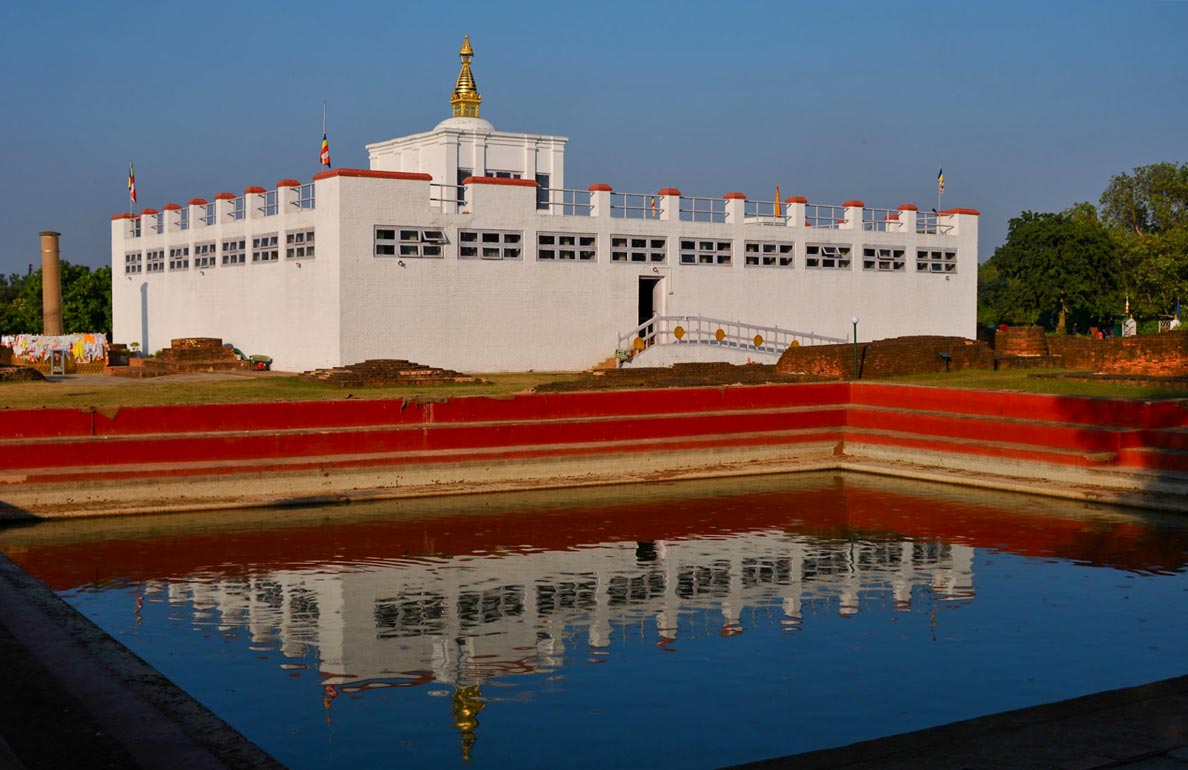Business & Economy of Nepal
 Tea gardens in Ilam.
Image: Hari gurung77
Economy of Nepal
Tea gardens in Ilam.
Image: Hari gurung77
Economy of Nepal
The country's economic development has also been hampered by the fact that the landlocked Himalayan country has experienced a constant change of political scenarios, from a monarchy to the rule of the Communist Party of Nepal in 2019.
An earthquake in 2015 and the Covid-19 crisis have made the situation worse.
Nepal is still in the top-30 list of the poorest countries in the world, with a GDP per capita of only US$ 733 (2016).
Nepal's underdeveloped economy is based on tourism, agriculture, carpets, textiles and tea.
The country is the fifth-most remittance-dependent economy in the world. Some 3 to 4 million Nepalese migrant workers labor under often questionable working conditions in countries such as India, Qatar, Malaysia, Saudi Arabia, and the United Arab Emirates.
Business entities in Nepal
Nepal Rastra Bank
The Central Bank of Nepal
Nepal Stock Exchange
The Nepal Stock Exchange Limited is the only Stock Exchange of Nepal.
Federation of Nepalese Chambers
of Commerce & Industry
Nepal's Federation of Chambers of Commerce and Industry is an umbrella organization of the Nepalese private sector.
Trade Promotion Center
The national trade promotion organization of the country provides trade information for Nepal.
Agriculture Development Bank
Government-owned rural credit institution.
Nepal Bank
State-owned Nepal Bank Limited, established in 1937, was the first commercial bank in the country.
Nepali companies
A list of major companies based in Nepal.
Bajeko Sekuwa
Bajeko Sekuwa is a Nepali restaurant chain that serves sekuwa and other typical Nepali food.
Bhat-Bhateni
Bhat-Bhateni Supermarket and Departmental Stores, established in 1984, is the biggest retail supermarket chain in Nepal.
Chaudhary Group
Chaudhary Group is a multinational financial services conglomerate headquartered in Kathmandu.
Gorkha Brewery
Gorkha Brewery was established in 1989 as a joint venture between the Khetan Group and the Carlsberg Group.
Hulas Motors
Nepal's auto manufacturer.
iMart Nepal
Online store for Nepali handmade crafts.
Nepal Telecom
NTC is the state-owned provider of telecommunications services in Nepal.
RK Golchha Group
The RK Golchha Group emerged from the Golchha Organization, one of the oldest business houses in Nepal.
Samsher & Gangadevi Tea
Family-run tea company based in Jhapa district.
Sharda Group
Sharda Group is a business conglomerate in Nepal.
 List of companies of Nepal
List of companies of Nepal
The Wikipedia list contains well-known companies whose headquarters are located in Nepal.
Transportation
Airlines
Nepal Airlines
The flag carrier airline of Nepal serves domestic and international destinations in Asia.
Buddha Air
Buddha Air operates both domestic and international flights within Nepal and to India.
Gorkha Airlines
Gorkha Airlines operated scheduled and charter flights to domestic destinations. The airline ceased operation in 2008.
Sita Air
Domestic cargo flights, since 2016, the airline is allowed to operate passenger services again.
Tara Air
Newest and biggest airline service provider in the Nepalese mountains. The Kathmandu-based airline is a subsidiary of Yeti Airlines.
Yeti Airlines
Regional airline.
Trains
Department of Railways
The Department of Railways was established in 2011 to develop and construct a rail network in Nepal.
Nepal Railways
The Nepal Railway Company Ltd. is a state-owned company that operates passenger train service on the 28 km line from Jainagar in India, to Janakpur in Nepal.
 Architecture concept image of the Tiger Palace Casino in Bhairahawa north of Siddharthanagar, the gateway to Lumbini, the birthplace of Buddha. The Hong Kong-based Silver Heritage Group developed the 100-room Tiger Palace Resort. The casino opened in March 2018. The group has planned a phased investment of more than $100 million and is developing a chain of five-star properties throughout Nepal.
Image: Tiger Palace Casino
Architecture concept image of the Tiger Palace Casino in Bhairahawa north of Siddharthanagar, the gateway to Lumbini, the birthplace of Buddha. The Hong Kong-based Silver Heritage Group developed the 100-room Tiger Palace Resort. The casino opened in March 2018. The group has planned a phased investment of more than $100 million and is developing a chain of five-star properties throughout Nepal.
Image: Tiger Palace Casino























